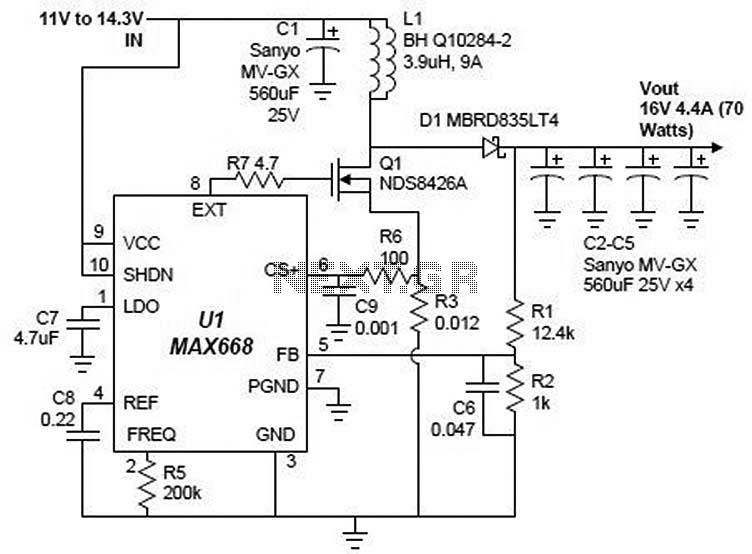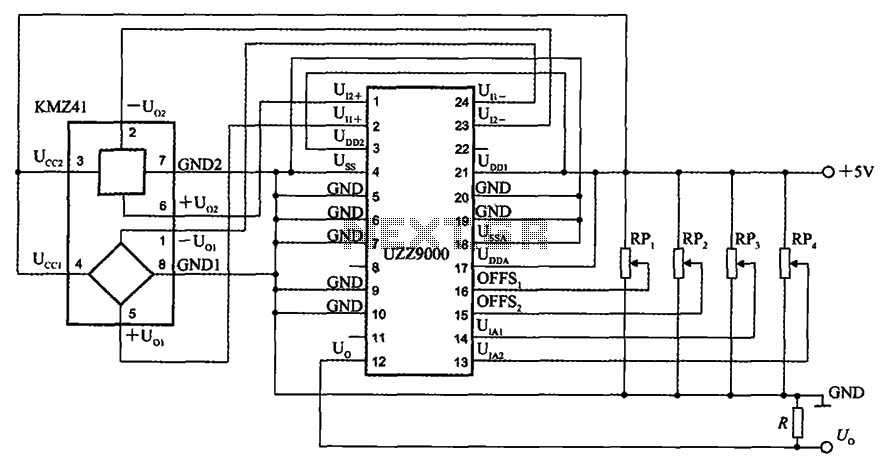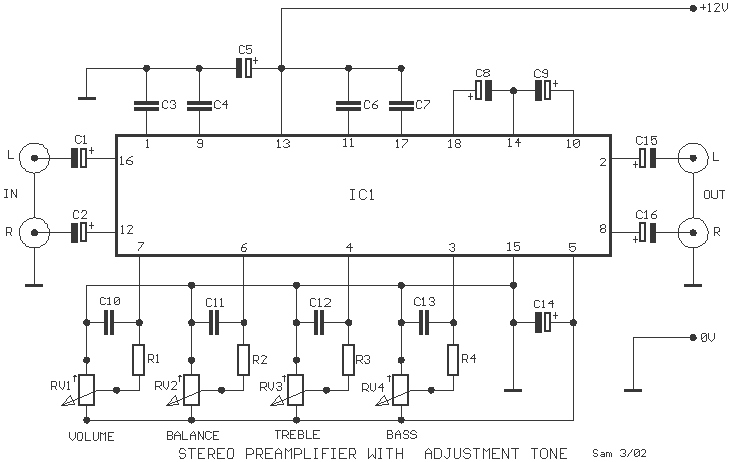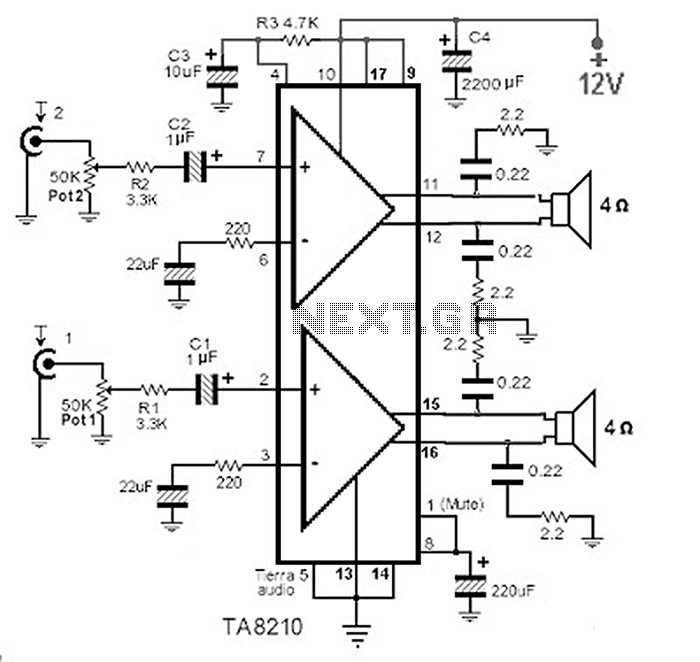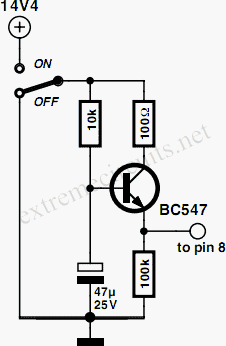
TDA7338 FM stereo decoder circuit design

The pilot detector output is configured as an open collector output, necessitating the use of an external pull-up resistor. To set the decoder to "MONO," Pin 19 must be clamped to a voltage lower than 0.8V.
The open collector output configuration allows the pilot detector to interface with various voltage levels in a circuit without directly driving the output high. An external pull-up resistor is required to pull the output high when the collector is not connected to ground, thus enabling the detection of the signal state. The value of the pull-up resistor should be selected based on the desired speed of response and the load that the output will drive, typically ranging from 1 kΩ to 10 kΩ.
For the decoder to be set to "MONO," it is crucial that Pin 19 is clamped to a voltage below 0.8V. This can be achieved using a simple clamping circuit, which may consist of a diode and a reference voltage source. The diode will conduct when the voltage at Pin 19 exceeds the threshold, effectively pulling the voltage down to the desired level. It is important to ensure that the clamping mechanism does not interfere with the normal operation of the decoder and that it is capable of handling the expected current without overheating.
In summary, the pilot detector output's open collector design necessitates careful consideration of the external pull-up resistor's value and the implementation of a reliable clamping circuit for proper operation of the decoder in MONO mode.The pilot detector output is designed as an open collector output, therefore an external pull up resistor is needed. To force the decoder to "MONO" Pin 19 has to be clamped to a voltage below 0. 8V. 🔗 External reference
The open collector output configuration allows the pilot detector to interface with various voltage levels in a circuit without directly driving the output high. An external pull-up resistor is required to pull the output high when the collector is not connected to ground, thus enabling the detection of the signal state. The value of the pull-up resistor should be selected based on the desired speed of response and the load that the output will drive, typically ranging from 1 kΩ to 10 kΩ.
For the decoder to be set to "MONO," it is crucial that Pin 19 is clamped to a voltage below 0.8V. This can be achieved using a simple clamping circuit, which may consist of a diode and a reference voltage source. The diode will conduct when the voltage at Pin 19 exceeds the threshold, effectively pulling the voltage down to the desired level. It is important to ensure that the clamping mechanism does not interfere with the normal operation of the decoder and that it is capable of handling the expected current without overheating.
In summary, the pilot detector output's open collector design necessitates careful consideration of the external pull-up resistor's value and the implementation of a reliable clamping circuit for proper operation of the decoder in MONO mode.The pilot detector output is designed as an open collector output, therefore an external pull up resistor is needed. To force the decoder to "MONO" Pin 19 has to be clamped to a voltage below 0. 8V. 🔗 External reference
